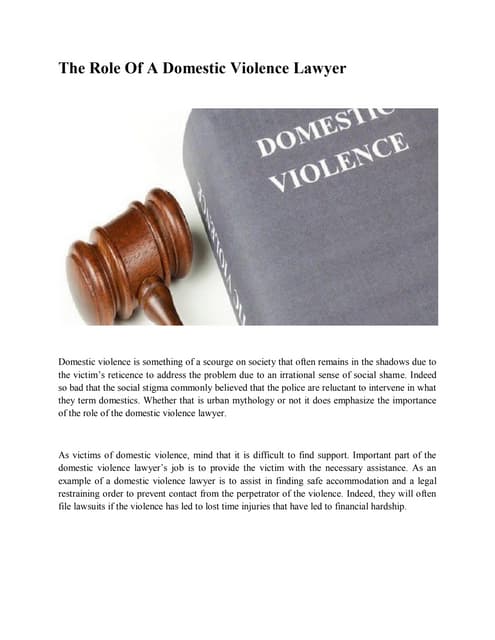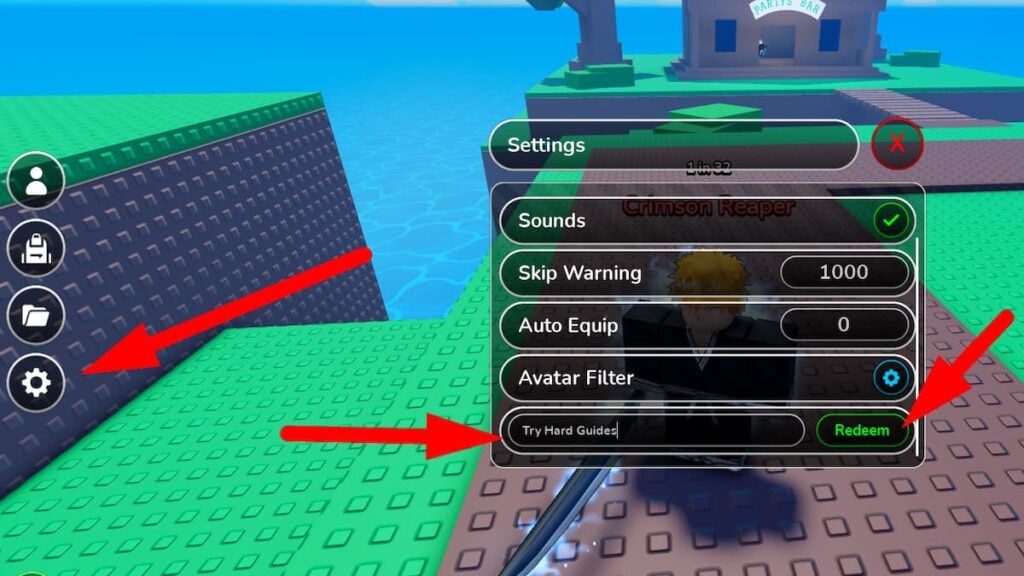Gunners vs Les Gones: A Tactical Breakdown
The rivalry between Arsenal FC, often referred to as the Gunners, and Olympique Lyonnais, colloquially known as Les Gones, encapsulates the essence of European football’s tactical evolution. Both teams have rich histories, passionate fan bases, and distinct playing styles that have shaped their identities over the years. This article delves into the tactical approaches of both teams, highlighting their strengths, weaknesses, and key player contributions, while also examining historical matches that define their rivalry.
The Gunners: Arsenal’s Tactical Philosophy
Founded in 1886, Arsenal has established itself as one of the most successful clubs in English football. Their tactical philosophy has evolved significantly, from Herbert Chapman’s pioneering 2-3-5 formation in the early 20th century to the possession-based game under Arsène Wenger and more recently, Mikel Arteta’s emphasis on a flexible 4-2-3-1 formation.
Key Tactical Features

- Possession-Based Play: Arsenal has traditionally favored a possession-oriented approach, focusing on controlling the game through short, intricate passes.
- High Pressing: Under Arteta, the Gunners have adopted a high-pressing game, aiming to win the ball back quickly and disrupt the opponent’s rhythm.
- Fluid Attack: The attacking players are encouraged to interchange positions, creating space and confusion in opposition defenses.
Strengths
Arsenal’s strengths lie in their technical ability and tactical flexibility. Players like Bukayo Saka and Gabriel Martinelli exemplify the club’s emphasis on youth and attacking prowess. The Gunners also benefit from:
- Strong Midfield Control: The partnership of Thomas Partey and Granit Xhaka provides a robust midfield presence, allowing for both defensive cover and attacking transitions.
- Creative Playmakers: Martin Ødegaard’s vision and creativity are crucial in unlocking defenses, making him a key player in the attacking phase.
- Defensive Solidity: The introduction of a solid backline, featuring players like Gabriel Magalhães and William Saliba, has improved the team’s defensive capabilities.
Weaknesses
Despite their strengths, Arsenal has faced criticism for:
- Inconsistency: The Gunners have struggled to maintain form, often dropping points against lower-ranked teams.
- Defensive Vulnerabilities: While improved, they can still be exposed on the counter-attack, especially when full-backs push too far forward.
- Lack of Depth: Injuries to key players can severely impact the squad’s performance, highlighting a lack of depth in certain positions.
Les Gones: The Lyon Tactical Approach

Olympique Lyonnais, established in 1950, has a reputation for their youth academy and attacking football. Known as Les Gones, Lyon has enjoyed considerable success in Ligue 1, especially during the 2000s. Their tactical approach often revolves around a dynamic 4-3-3 formation that emphasizes attacking football and fluid transitions.
Key Tactical Features

- Fluid Front Three: Lyon’s attacking trio often interchanges positions, creating confusion for opposing defenses and maximizing attacking options.
- Ball Recovery: Lyon places a significant emphasis on regaining possession quickly, utilizing a structured pressing system to force errors from the opposition.
- Wing Play: The use of wide players to stretch the opposition and create space for central attackers is a hallmark of Lyon’s tactics.
Strengths

Lyon’s strengths are rooted in their attacking philosophy and the development of young talent. Key aspects include:
- Dynamic Attacking Players: Players like Rayan Cherki and Karl Toko Ekambi provide pace and creativity, making them constant threats on the flanks.
- Midfield Versatility: The midfield trio, often comprising players like Houssem Aouar and Bruno Guimarães, allows for both defensive stability and attacking support.
- Strong Youth Academy: Lyon’s commitment to youth development ensures a steady influx of talented players into the first team.
Weaknesses
Despite their attacking prowess, Lyon faces challenges that can hinder their performance:
- Defensive Fragility: The high pressing style can leave them vulnerable to counter-attacks if possession is lost in advanced areas.
- Lack of Cohesion: At times, the fluidity of their attacking play can lead to disorganization, especially in transition phases.
- Inconsistency: Similar to Arsenal, Lyon has struggled to maintain consistent performances in both domestic and European competitions.
Head-to-Head: Tactical Battles in Historical Context
The tactical matchup between Arsenal and Lyon has produced memorable encounters, particularly in European competitions. One notable match was their UEFA Champions League clash in 2009, where both teams displayed their tactical philosophies.
Case Study: Arsenal vs. Lyon (2009 UEFA Champions League)
During this match, the tactical battle was evident:
- Arsenal’s Possession Play: The Gunners dominated possession, showcasing their ability to control the game with short passes and movement off the ball.
- Lyon’s Counter-Attacking Threat: Lyon exploited the spaces left by Arsenal’s attacking intent, leading to quick counter-attacks that resulted in key chances.
The match illustrated the contrasting styles: Arsenal’s emphasis on possession versus Lyon’s focus on rapid transitions. Ultimately, Lyon emerged victorious, showcasing the effectiveness of their counter-attacking strategy against a possession-dominant side.
Conclusion: Tactical Insights and Future Prospects
The tactical rivalry between Arsenal and Lyon offers a fascinating glimpse into how two clubs, with different philosophies, approach the beautiful game. Arsenal’s possession-based style has evolved under Arteta, emphasizing flexibility and youth, while Lyon continues to rely on their attacking prowess and youth development to remain competitive in Ligue 1 and Europe.
As both teams move forward, their tactical identities will continue to evolve. Arsenal aims to solidify their defensive structure while maintaining attacking fluidity, while Lyon will strive to balance their attacking ambitions with defensive resilience. The stories of the Gunners and Les Gones will undoubtedly continue to captivate football fans, as they represent the dynamic nature of modern football strategy.
By examining their tactical approaches, strengths, weaknesses, and historical encounters, we gain valuable insights into what makes each team unique and competitive on the European stage. The future of both clubs holds promise, and fans can look forward to more exciting encounters that showcase the tactical brilliance of modern football.


